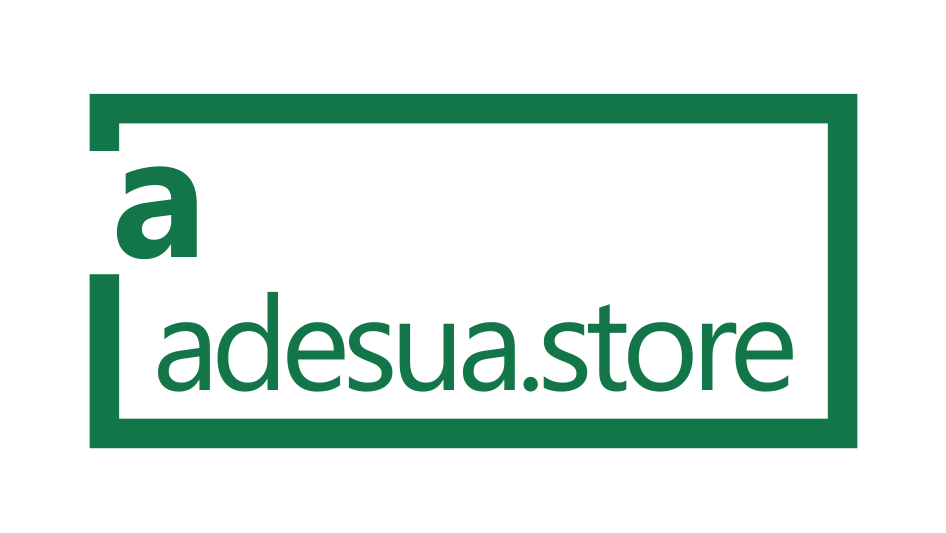
The playing field for emergent language and literacy learning may be more level than ever for children with complex communication needs. Technologies designed to mediate such deficits, like augmentative and alternative communication (AAC) devices or special education software, are a lot like the tablets, apps, and video games all kids enjoy. Given that exposure to computers seems to begin at a younger age with each passing generation, it may be impossible to bring such tools into a therapeutic situation too soon. In fact, at-risk children are more likely to struggle with communication later on if they do not receive intervention early enough.
“It’s almost like learning a foreign language later in life versus early on in childhood,” said New Jersey speech-language pathologist Lauren Davidson, M.A. CCC-SLP, noting that our brains are most capable of making change during the first few years of life.
In her work at The Early Learning Institute in Pittsburgh, PA, speech-language pathologist Susie Heasley, M.S., CCC-SLP, finds that parents consider popular technologies an embraceable solution. Things like the simple pop-up books she uses (both on the iPad and in print format) with toddlers starting to make associations between words and images can be enticing stepping stones that let learning happen in manageable doses. For similar reasons, Heasley sees potential for photo-based apps like Tobii Dynavox Snap Scene™ in the home-based coaching approach to early intervention where the therapist follows parents and children through daily routines with the objective of teaching communication in the moment. Rooted in Dr. Janice Light’s evidence-based research on early visual scene displays, the app lets you take photos, draw corresponding hot spots and record messages the child hears while touching the hot spots. The research shows that such technologies encourage and complement receptive and expressive language development in populations from 6-month olds to late talkers, and non- AAC device users to children who may eventually need a dedicated AAC device.

“Children learn best in their natural environment,” Heasley said. “They learn through observation and play.”
If Heasley arrives on a home visit when a family is having breakfast, she can use the app to take photos of actual food and drink choices. The child can the use the app to say “No eggs” or “More juice, please” during the meal. Or mom may be folding laundry, so Heasley can use it to teach the child to follow directions for the task, identify colors or express concepts like “in” and “out” with photos of the basket and clothing items.
Sometimes, Heasley said a brother or sister holds the tablet while prompting the child using an app to talk with them. Technology “tends to make those interactions between siblings more frequent and they’re able to do it on their own.”
But, does the cool factor blur lines between learning and fun?
“I don’t necessarily know that there is a difference,” Heasley said. “Play is a very important part of development and a very important part of learning communication.”
Davidson sees the correlation when she uses the app version of the Accessible Literacy Learning™ reading program with an 8-year-old client. Based on the research of Dr. Light and Dr. David McNaughton at Penn State University, the program teaches fundamental reading concepts to kids without the ability to speak. “They feel very successful because you’re never giving them more than they can handle yet they’re being challenged,” Davidson said. Her client keeps the app on her eye-controlled AAC device and demonstrates, through blinking, understanding of concepts such as letter-sound correspondence and single word decoding. The app’s color animated progress feedback cheers her on. It has settings for use with or without adult assistance, promoting the child’s independence.
Practicality underscores the fun factor for Haley Coletta and her sons Giovanni, 7, and Maximo, 9, who are non-verbal because of their autism. The boys are at different places in their language development, their mom said, and technology has always been a way to nurture it. While Max prefers using printed picture symbols for communication, he shares an iPad with Gio for beginning virtual books and videos. Gio uses another iPad with the app software exclusively for self-expression.
“There has been no confusion with differentiating the communication device/iPad with the family iPad or Kindle. The cases are different. The iPad for communication has a shoulder strap and handle so Gio can travel with it,” Haley Coletta said. “We limit the iPad/Kindle time at home but his communication iPad is always in a central or accessible location for him. It works out wonderfully.”



